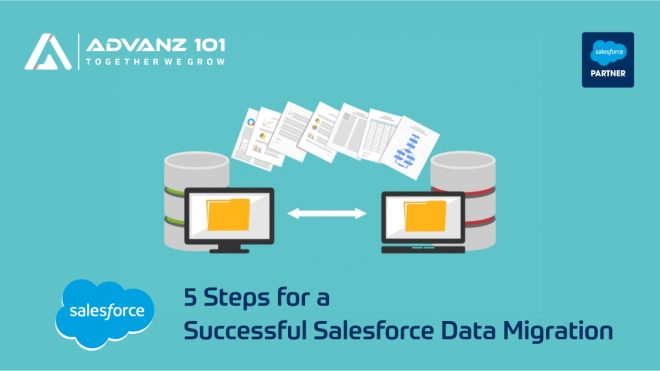Salesforce data migration is a critical step in ensuring a successful Salesforce implementation. It involves transferring data from one system to Salesforce while maintaining its integrity and accuracy. To achieve a seamless transition, it is essential to follow best practices and a well-executed data migration strategy. This guide will walk you through the five key steps for a successful data migration in Salesforce. By following these steps, you can ensure a smooth and error-free data migration process.
Step 1: Identify Source and Target System
The first step in a successful Salesforce data migration is to identify the source and target systems. The source system is the system from which you are migrating data, and the target system is the system to which you are migrating data. It is important to identify both systems to ensure that you have a clear understanding of the data that needs to be migrated and the format in which it needs to be migrated.
Step 2: Understand Source System
The second step is to understand the source system. This involves identifying the data that needs to be migrated, the format in which it is stored, and any data quality issues that need to be addressed. Understanding the source system is critical to ensuring that the data is migrated accurately and without errors.
Step 3: Identify Data for Migration
The third step is to identify the data that needs to be migrated. This involves identifying the data fields that need to be migrated, the data types of those fields, and any data dependencies that need to be considered. It is important to identify all the data that needs to be migrated to ensure that the target system has all the necessary data to function properly.
Step 4: Data Cleansing
The fourth step is data cleansing. Data cleansing involves identifying and addressing any data quality issues that exist in the source system. This includes identifying and removing duplicate records, correcting data errors, and ensuring that all data is in the correct format. Data cleansing is critical to ensuring that the migrated data is accurate and complete.
Step 5: Create/Update Metadata in Target
The final step is to create or update metadata in the target system. Metadata is data that describes other data, such as field labels, picklist values, and page layouts. It is important to ensure that the metadata in the target system is accurate and up-to-date to ensure that the migrated data is properly mapped and displayed in the target system.
Last Thoughts
A successful Salesforce data migration requires careful planning and execution. By following these five steps, you can ensure that the data migration process is successful and that the migrated data is accurate, complete, and meets the required standards. Effective data migration can help to maximize the ROI from Salesforce investment and can enable organizations to achieve their business goals.


